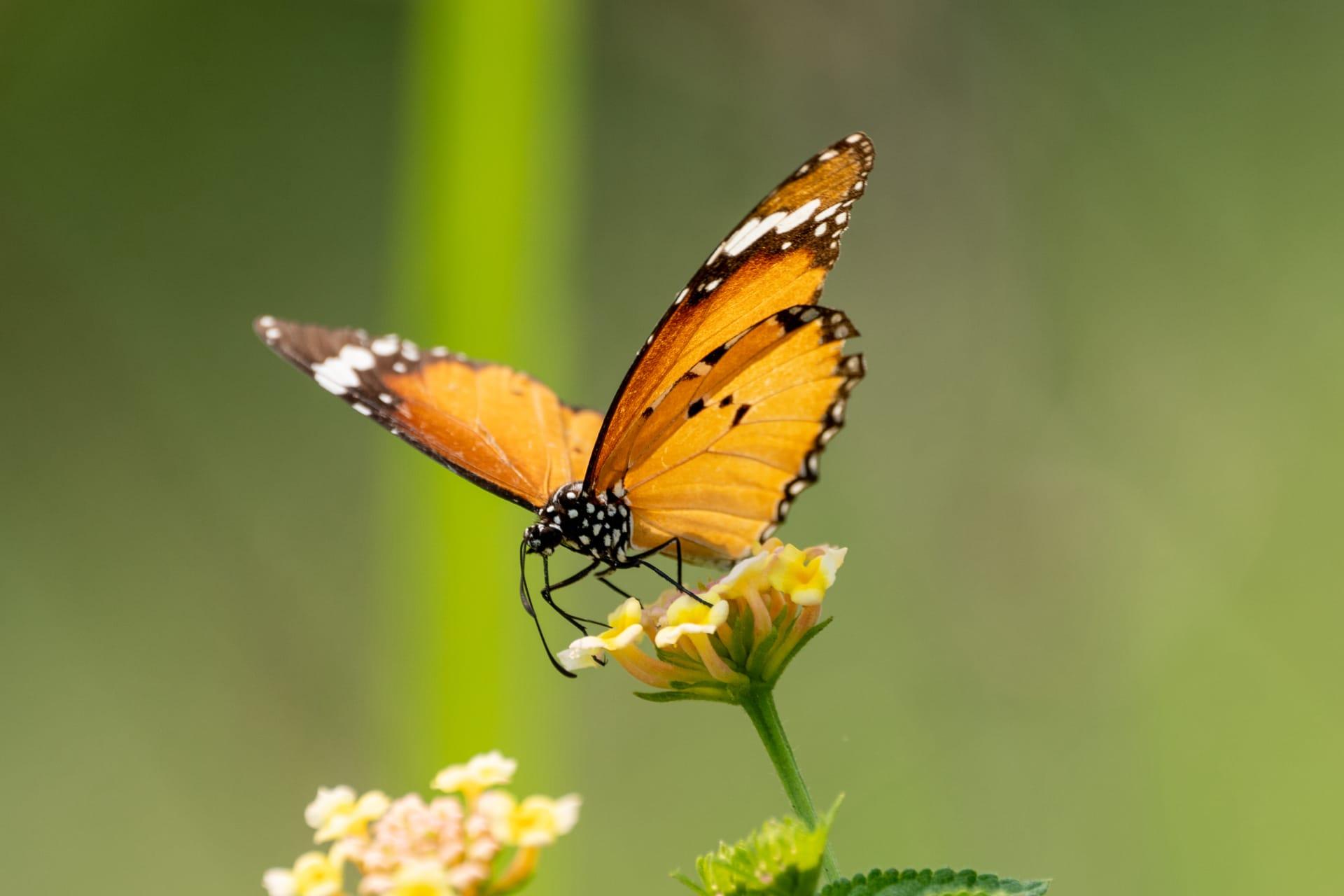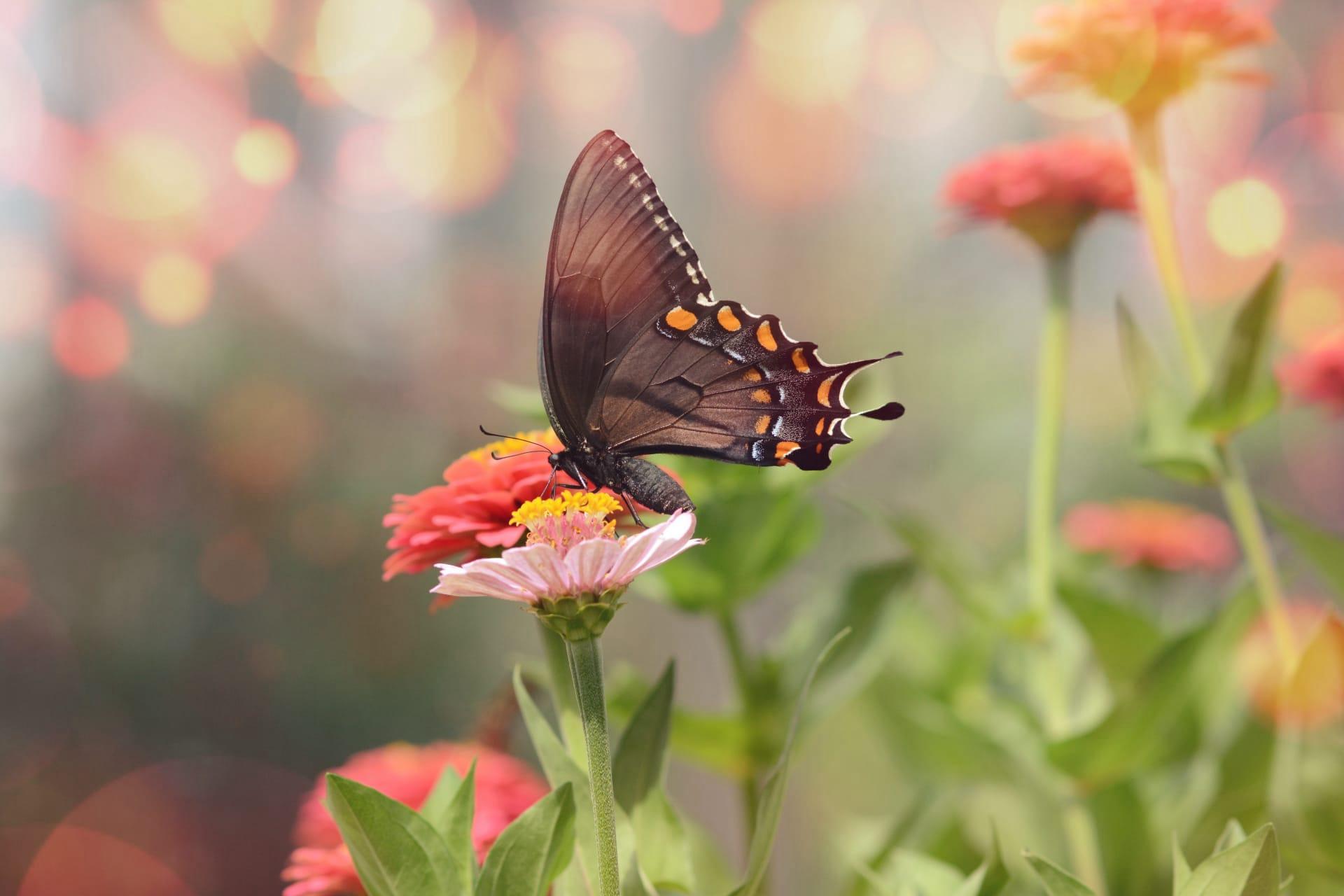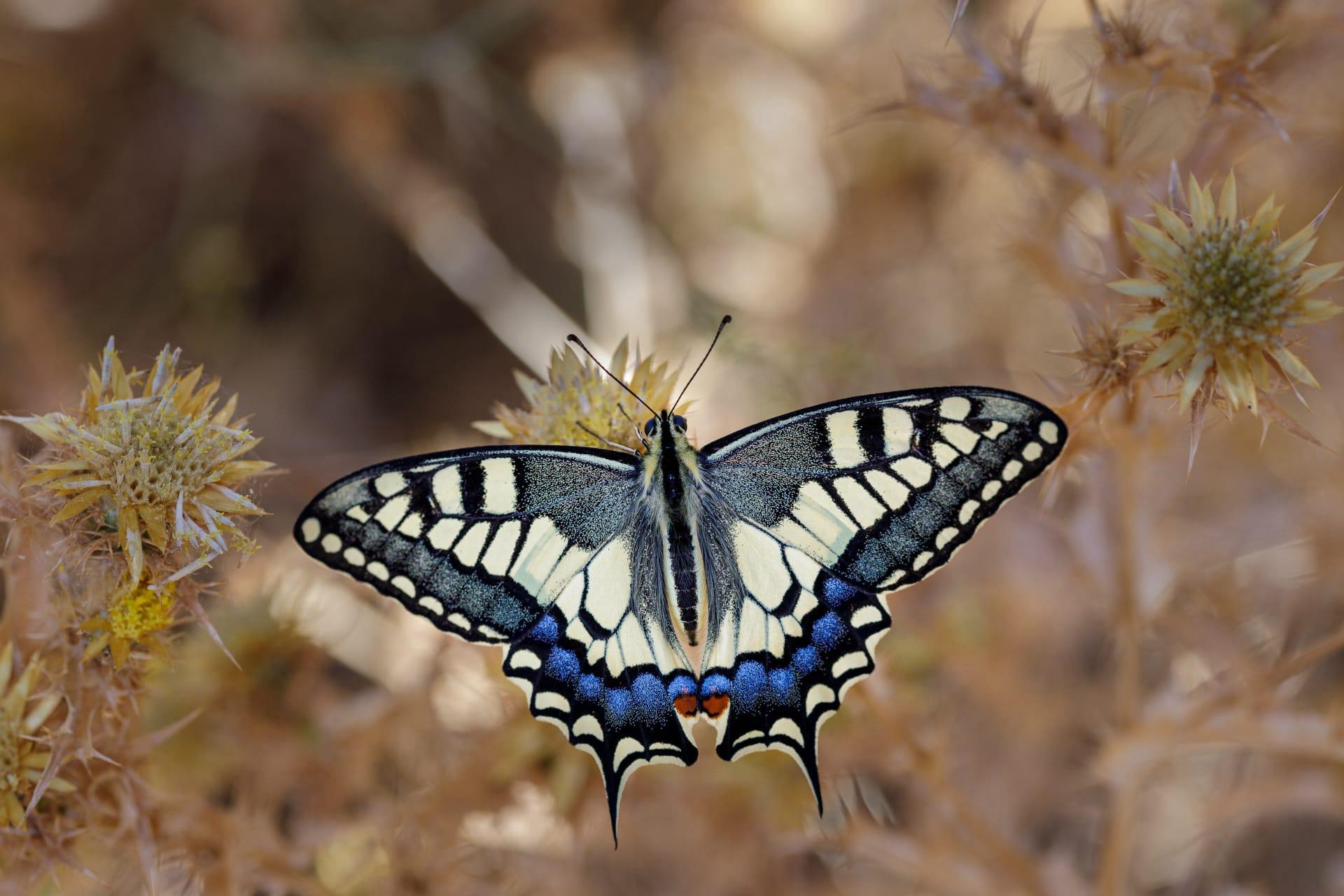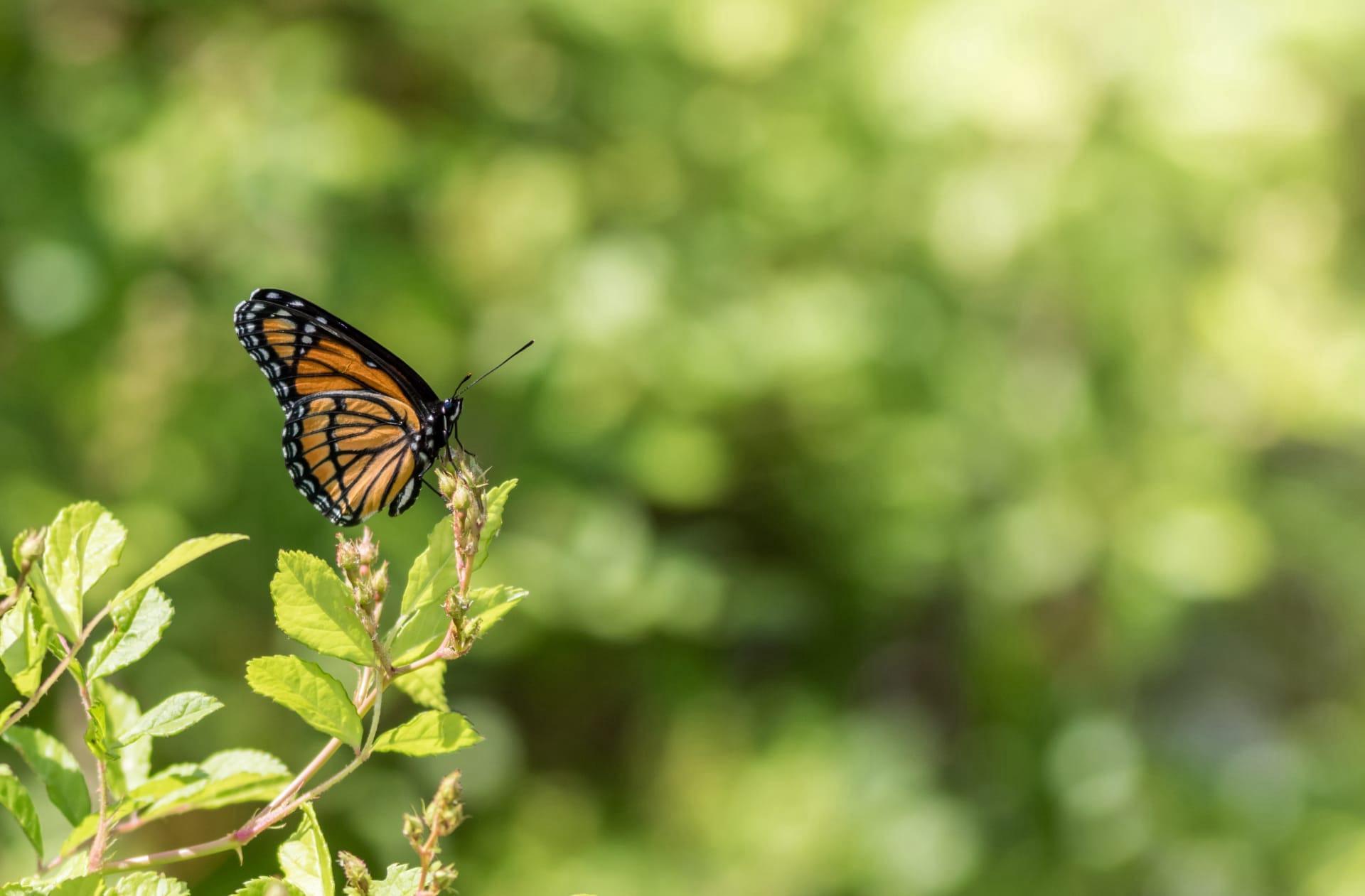Butterfly Characteristics
- Home /
- Mini Encyclopedia /
- Animal /
- Butterfly Characteristics
1
Butterflies are fascinating creatures, often admired for their vibrant colors and delicate wings. Typically, these insects have a wingspan ranging from 0.5 to 8 inches, depending on the species. Their lifespan can vary dramatically; while most adult butterflies live for only a few weeks, some species, like the Monarch, can live for up to 9 months. The intricate patterns and colors on a butterfly's wings are not just for show; they play crucial roles in camouflage, mating, and temperature regulation.
The most remarkable organ of a butterfly, however, might just be its proboscis. This long, coiled tube acts like a straw, allowing the butterfly to sip nectar from flowers. The proboscis can extend to reach deep into flowers and is equipped with sensors to taste and locate food. This adaptation is essential for the butterfly's survival and pollination activities, making it a key player in the ecosystem.

2
Question: Why do some butterflies have such vibrant colors?
Answer: The vivid colors of butterflies serve multiple purposes. Primarily, they act as a defense mechanism to ward off predators by either camouflaging with the environment or mimicking the appearance of more dangerous or unpalatable species. Additionally, these colors play a crucial role in mating rituals, as butterflies are attracted to specific patterns and hues. The pigments and microstructures in their wings interact with light to produce these brilliant displays, combining both chemical and physical mechanisms to dazzle and protect.

3
Butterflies are known for their unique flight patterns, characterized by a fluttering motion that may appear haphazard but is surprisingly efficient for evasion and foraging. Their flight muscles must warm up to a certain temperature before they can fly, which is why butterflies are often seen basking in the sun. This fluttering flight can help them escape predators, as the erratic movement makes it difficult for birds or other predators to predict their path.
In terms of feeding, butterflies are primarily nectar feeders, using their highly specialized proboscis to drink from flowers. This not only provides them with energy but also facilitates the pollination of plants. Some species will also derive nutrients from pollen, tree sap, rotting fruit, and even animal dung. The choice of feeding sites is highly selective, often influenced by the availability of specific flower species, demonstrating their role as pollinators in their ecosystems.

4
Butterflies thrive in a variety of environments, from tropical rainforests to temperate grasslands. Their ideal habitat provides abundant sources of nectar from flowers, suitable host plants for caterpillars, and safe roosting spots. Environmental factors such as temperature, humidity, and the presence of predators or competitors also influence their distribution and abundance. Conservation efforts are crucial in preserving these habitats, as many species are sensitive to changes in their ecosystem.
Reproduction in butterflies involves a series of fascinating behaviors and adaptations. Males often engage in aerial displays to attract females or to defend territories. Once a pair mates, the female lays her eggs on specific host plants, chosen carefully to provide the emerging caterpillars with suitable food. This plant-caterpillar relationship is crucial, as the caterpillars are highly dependent on specific plant species for their survival. The lifecycle of a butterfly, from egg to larva (caterpillar), to pupa (chrysalis), and then to adult, showcases a remarkable transformation known as metamorphosis, which is central to their life history and survival.

5
Book: "The Butterfly Handbook" by Bernard d'Abrera. This comprehensive guide, published in the United Kingdom during the late 20th century, offers a detailed overview of butterfly species across the globe. Bernard d'Abrera's work is renowned for its meticulous attention to the diversity, coloration, and habitats of butterflies, making it a valuable resource for enthusiasts and researchers alike.
Book: "An Obsession with Butterflies" by Sharman Apt Russell. American author Sharman Apt Russell delves into the enchanting world of butterflies, exploring their biology, behavior, and the human fascination with these insects. Published in the early 21st century, this book blends scientific insight with personal narrative, providing a captivating look at butterflies' roles in ecosystems and their cultural significance throughout history.